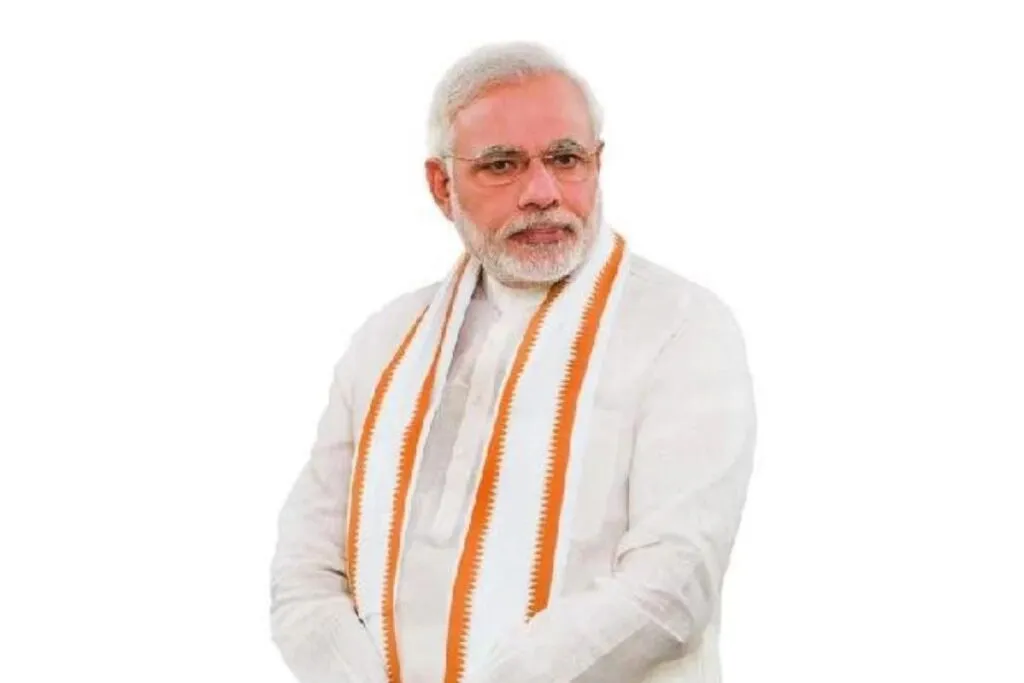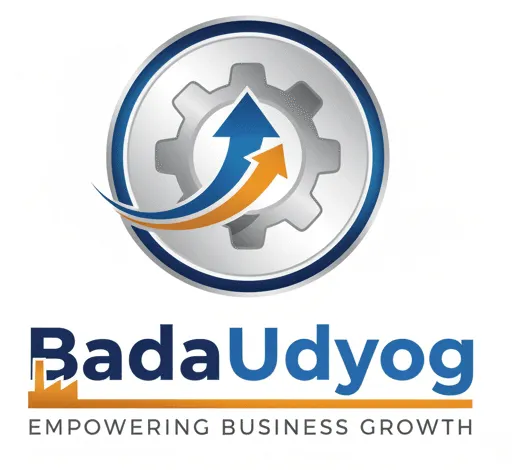Present Age Of Narendra Modi : Narendra Modi, the current Prime Minister of India, has been a prominent figure in Indian politics for several decades. His journey from humble beginnings to the highest office in the country is a tale of ambition, perseverance, and political acumen. Since assuming office in 2014, Modi’s tenure has been marked by a series of economic reforms, ambitious development initiatives, and a proactive approach to foreign relations.
However, his leadership has also generated significant controversy and criticism, with detractors highlighting concerns over issues such as religious tensions and democratic freedoms. In this article, we will delve into the present age of Narendra Modi, examining his background, key policies, impact on the social and cultural landscape, as well as the challenges and opportunities that lie ahead for his administration.
Early Life and Political Journey of Narendra Modi
Childhood and Early Years
Narendra Modi, the man of the hour, wasn’t always the political powerhouse we know today. Born in 1950 in Vadnagar, Gujarat, Modi’s childhood was a humble one. He helped his father sell tea at a railway station, a job that would later earn him the moniker “Chaiwala Prime Minister”.
Entry into Politics
Modi’s entry into politics was as dramatic as his speeches. He joined the Rashtriya Swayamsevak Sangh (RSS) in his youth and gradually rose through the ranks of the Bharatiya Janata Party (BJP). His leadership in Gujarat as Chief Minister from 2001 to 2014 catapulted him to national prominence, paving the way for his journey to the top job.
Prime Ministership and Key Policies Present Age Of Narendra Modi
Election as Prime Minister
Present Age Of Narendra Modi : In May 2014, amidst a wave of promise and hope, Modi became the 14th Prime Minister of India. His election marked a shift towards a more dominant and assertive style of leadership that energized the nation.
Key Policy Initiatives
Present Age Of Narendra Modi : Modi’s tenure has been marked by ambitious policy initiatives such as Swachh Bharat Abhiyan (Clean India Mission), Make in India, and Digital India. These programs aimed to transform India’s social and economic landscape, though their impact remains a topic of debate.
Economic Reforms and Development Initiatives
Economic Reforms Agenda
Present Age Of Narendra Modi : Modi’s government has pursued bold economic reforms such as demonetization and the Goods and Services Tax (GST), aimed at formalizing the economy and boosting government revenues. While controversial, these moves underscore Modi’s commitment to transforming India’s economic landscape.
Infrastructure Development Projects
Present Age Of Narendra Modi : Under Modi’s leadership, India has witnessed a surge in infrastructure development projects, including the flagship Sagarmala Project and the Bharatmala Pariyojana. These initiatives aim to enhance connectivity and drive economic growth across the country.
Foreign Relations and Diplomacy

Foreign Policy Strategy
Present Age Of Narendra Modi: Modi’s foreign policy approach has been characterized by a mix of pragmatism and assertiveness, with a focus on strengthening India’s position on the global stage. His ‘Neighborhood First’ policy and outreach to major powers have shaped India’s foreign relations in recent years.
Bilateral and Multilateral Engagements
Present Age Of Narendra Modi: From forging closer ties with the United States to engaging in multilateral forums like BRICS and G20, Modi has been active on the international stage. His personal diplomacy and frequent foreign visits have been key features of his foreign policy approach.
Social and Cultural Impact
Present Age Of Narendra Modi: When it comes to social and cultural impact, Narendra Modi’s tenure has been marked by a focus on social welfare programs and the promotion of Indian culture. His government has introduced various welfare schemes aimed at improving the lives of the marginalized sections of society.
Social Welfare Programs
Present Age Of Narendra Modi : Modi’s administration has launched initiatives like the Pradhan Mantri Jan Dhan Yojana, Swachh Bharat Abhiyan, and Ayushman Bharat, which have had a significant impact on improving access to financial services, sanitation facilities, and healthcare for millions of Indians.
Promotion of Indian Culture
Present Age Of Narendra Modi: Under Modi’s leadership, there has been a renewed emphasis on promoting Indian culture and heritage both domestically and internationally. Initiatives like International Day of Yoga and promotion of Indian classical arts have helped showcase India’s rich cultural legacy on a global platform.
Criticisms and Controversies
Present Age Of Narendra Modi : Despite his social and cultural initiatives, Narendra Modi’s tenure has not been without criticisms and controversies. Some of his policies and decisions have faced backlash, and his government has been accused of authoritarian tendencies.
Controversial Policies and Decisions
Present Age Of Narendra Modi : Controversies have surrounded policies such as demonetization, the implementation of the Citizenship Amendment Act, and the handling of the Pulwama attack in Kashmir. These decisions have sparked debates and raised concerns about their impact on various sections of society.
Opposition and Criticisms
Modi’s government has faced criticism from opposition parties, civil society groups, and international bodies for its handling of issues like religious intolerance, freedom of speech, and human rights violations. The level of dissent and opposition to his administration has been a notable feature of his time in office.
Future Prospects and Challenges
Looking ahead, the future for Narendra Modi’s government holds both prospects and challenges. As India continues to evolve, there are several key areas that will shape the trajectory of his leadership in the coming years.
Challenges Ahead
Challenges such as economic slowdown, unemployment, social inequality, and geopolitical tensions pose significant hurdles for Modi’s administration. Addressing these issues effectively will be crucial for maintaining social harmony and sustainable development in the country.
Potential Future Directions
Despite challenges, there are opportunities for Modi to lead India towards a path of inclusive growth, technological advancement, and global leadership. Embracing innovation, fostering entrepreneurship, and strengthening diplomatic ties could be potential directions for his government to navigate the complexities of a rapidly changing world.
In conclusion, Narendra Modi’s present age as Prime Minister of India reflects a complex blend of achievements, challenges, and controversies. His leadership has undeniably left a lasting impact on the country’s political, economic, and social fabric. As the nation looks towards the future, the trajectory of Modi’s administration will continue to shape the course of India’s development and its standing on the global stage. Only time will reveal the full extent of his legacy and the enduring imprint he leaves on the nation and its people.
FAQ
How has Narendra Modi’s background influenced his approach to governance?
Narendra Modi’s upbringing in a humble family, his early years as a grassroots worker for the Rashtriya Swayamsevak Sangh (RSS), and his tenure as Chief Minister of Gujarat significantly shape his governance style. His background instilled in him a strong sense of discipline, efficiency, and a focus on development. Additionally, his experiences during the Gujarat riots of 2002 have influenced his commitment to national security and his emphasis on inclusive growth and social harmony. As Prime Minister, Modi’s governance approach often reflects these values, with a focus on economic development, infrastructure growth, and initiatives such as “Make in India” and “Digital India.”
What are some of the key economic reforms introduced by Modi during his tenure as Prime Minister?
Narendra Modi’s government has introduced several significant economic reforms aimed at boosting India’s growth and modernizing its economy. Some key reforms include the Goods and Services Tax (GST) implementation, the Insolvency and Bankruptcy Code (IBC) to address corporate insolvency, the introduction of the Make in India initiative to promote manufacturing, and various measures to improve the ease of doing business in India. Additionally, initiatives like demonetization and the rollout of the Aadhaar biometric identification system have also been undertaken to tackle corruption and improve transparency.
How has Narendra Modi’s foreign policy approach impacted India’s relations with other countries?
Narendra Modi’s foreign policy approach has been marked by proactive diplomacy, increased engagement with global powers, and a focus on strengthening India’s position in the international arena. His administration has prioritized initiatives like the “Act East Policy,” which aims to enhance India’s strategic and economic ties with East Asian countries, and the “Neighborhood First Policy,” which emphasizes improved relations with India’s immediate neighbors. Modi’s frequent international visits and outreach efforts have helped elevate India’s profile on the world stage and fostered closer ties with countries like the United States, Israel, and Japan, while also navigating complex relationships with nations like China and Pakistan.

